|
As a creative person with many hypothetical ideas (and not always the best track record of actually following through with them), I often feel as if the originality dilemma is holding me back: Can we really create something entirely original or has everything already been done?
In recent years, this question has only been hitting closer to home. With the invention of generative AI software like DALLE-2 or Midjourney, anyone can create a digital artwork in minutes. All you need is to feed the technology a description of what you want and—voila—it’ll spit out an image (but you might have to deal with extra fingers or distorted eyes, AI has been famously bad at anatomy!). The whole process will probably take you under 5 minutes, a fraction of the time it would take a human artist.
Unsurprisingly, many artists aren’t having it, voicing concerns about intellectual property, the impact on creativity and, of course, their livelihoods. At the center of the discussion is the training these programs had to undergo to be able to create art in the first place. Millions of works were used to teach the AI, and most artists had no idea of their involvement until a list was leaked.
As is the case with every new wave of innovation, there are plenty of people excited by the potential of the technology. Reddit threads like r/DefendingAIArt are filled with artists swapping tricks and pointing out that AI can bring art to new audiences and help people with disabilities express their creativity.
But, AI doesn’t just divide artists, the general public loves (to hate on) AI too. AI-assisted art is being sold for millions, winning prestigious awards and sparking discussions. People had a lot to say about Christie hosting the art world’s first AI auction—which beat its projected sales by over 100,000 dollars—and some were furious over the Brutalist winning ‘Best Movie of 2024’ at the Oscars despite using AI to improve actors’ Hungarian accent.
While I’m not sure the debate will end anytime soon, one thing is clear: The involvement of AI in artmaking just adds another layer to the art world’s favorite question—What is art?
I’d love to know your take. Do you think the technology should play a role in the creative process? Or have you tried it out yourself? Let me know!
Anna
P.S. A short disclaimer: We acknowledge that ‘art’ is a broad term that can (and should) refer to a lot of things. While this edition is primarily focused on the impact of AI on image creation and digital art, other modes of creation—like music, game design and literature—are also affected.
|
Some numbers
|
4-5x higher
|
By some estimates, a single generative AI prompt has a carbon footprint four to five times higher than that of a search engine query.
|
|
34 million
|
In 2024, people created an average of 34 million images per day using DALLE-2. Roughly 23,333 images every single minute.
|
|
more than $1m
|
A painting by Ai-Da Robot, a humanoid robot powered using AI, sold for more than $1m at Sotheby’s New York, making it the most valuable artwork ever sold by a robot artist.
|
|
Hear them out
We can hardly debate the ways that AI is leaving its mark on the art world without hearing from the people at the center. Whether for or against, these artists share their thoughts on the technology and how it’s affecting their practices.
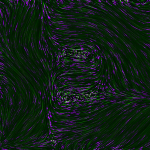
On being listed in the court document of artists whose work was used to train Midjourney with 4,000 of my closest friends — Cat and Girl
A short cartoon about the experience of having unknowingly taken part in training the generative AI software Midjourney.
|

When AI Comes for Your Art — Greg Rutkowski for The Journal
Fantasy artist Rutkowski speaks about what it’s like to find AI-rip-offs of his works and his worries that potential employers won’t know real from fake.
|
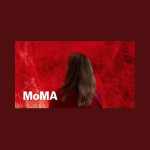
AI Art: How artists are using and confronting machine learning — Kate Crawford, Trevor Paglen, and Refik Anadol for MoMA
This video features artists discussing the potentials and pitfalls of using AI and machine learning algorithms to make art, from artistic breakthroughs and ethical considerations to what the future may look like.
|
|
Read between the lines
Here’s a selection of current articles to get you all caught up on the discussion, including an in-depth look at prompt engineers on Reddit, the very recent (and very weird) ChatGPT & Studio Ghibli frenzy, and the ways that generative AI can bring art to blind audiences.
|
Ways to get inspired
From platforms that create an AI-free user experience, protect the livelihoods of artists and embrace the technology for new modes of expression and creation, here are three examples of initiatives that play their part in the landscape of AI art.

Cara.app
Created by artists for artists, Cara creates a platform for AI-free artists to share their work and showcase their portfolio.
|
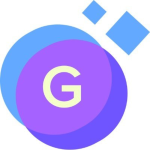
The Glaze Project
Started by a research team from the University of Chicago, develops tools to prevent AI from mimicking artist’s signature styles. One even aims to sabotage the tech by turning potential images into “poison”.
|
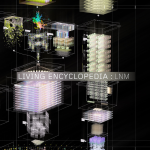
Living Encyclopedia
Living Encyclopedia is an AI-powered platform that allows users to interact with large nature-based data sets by, for example, generating scientifically-accurate images of flora, fauna and fungi based on text prompts.
|
|
Through art
Perhaps when you hear the term ‘AI art’ your mind goes straight to a corny example (or viral fail such as Salmon in the River). However, many innovative artists show that there’s much more to the technology than just typing out a prompt—here are three inspiring examples.
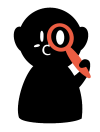
|
Unsupervised—Machine Hallucinations — Refik Anadol, 2022
Using artificial intelligence to transform MoMA’s collection of artworks, Anadol reinterprets and reimagines the history of modern art. For Unsupervised, he trained his own machine-learning model, leaving it unsupervised to create on its own.
|
|
They Took the Faces from the Accused and the Dead... (SD18) — Trevor Paglen, 2020
To raise awareness on the racial biases of AI-driven technology, Paglen used facial recognition technology to create this installation of more than 3,200 mug shots. Grouping people based on visual similarities, he shows how this form of AI sees these images and dehumanises the people it depicts.
|
|
Drawing Operations — Sougwen Chung, 2018
Creating in sync with a robotic arm, which she trained using her own drawing gestures, Chung shows the potential of machine and human collaboration. As the two draw together at the same time, the robot outputs a machine interpretation of the artist’s style.
|
|
Videos for thought
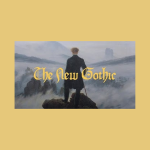
Are We Entering a New Romantic Era? — Kate Alexandra
Though not directly related to the topic of AI art, this video speculates the emergence of a new wave of romanticism as people feel increasingly disenchanted with new technologies.
|
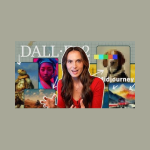
The REAL Fight Over AI Art — Cleo Abram
A great bite-sized crash course on how generative AI systems work and the controversies that surround it, featuring an interview with Aditya Ramesh, who helped build DALLE-2.
|
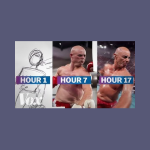
An AI artist explains his workflow — VOX
A short explainer of how one artist differentiates between AI-generated and AI-assisted art, explaining how he incorporates the technology into his workflow without losing sight of his own artistic signature.
|
|
|
Our recent favorites
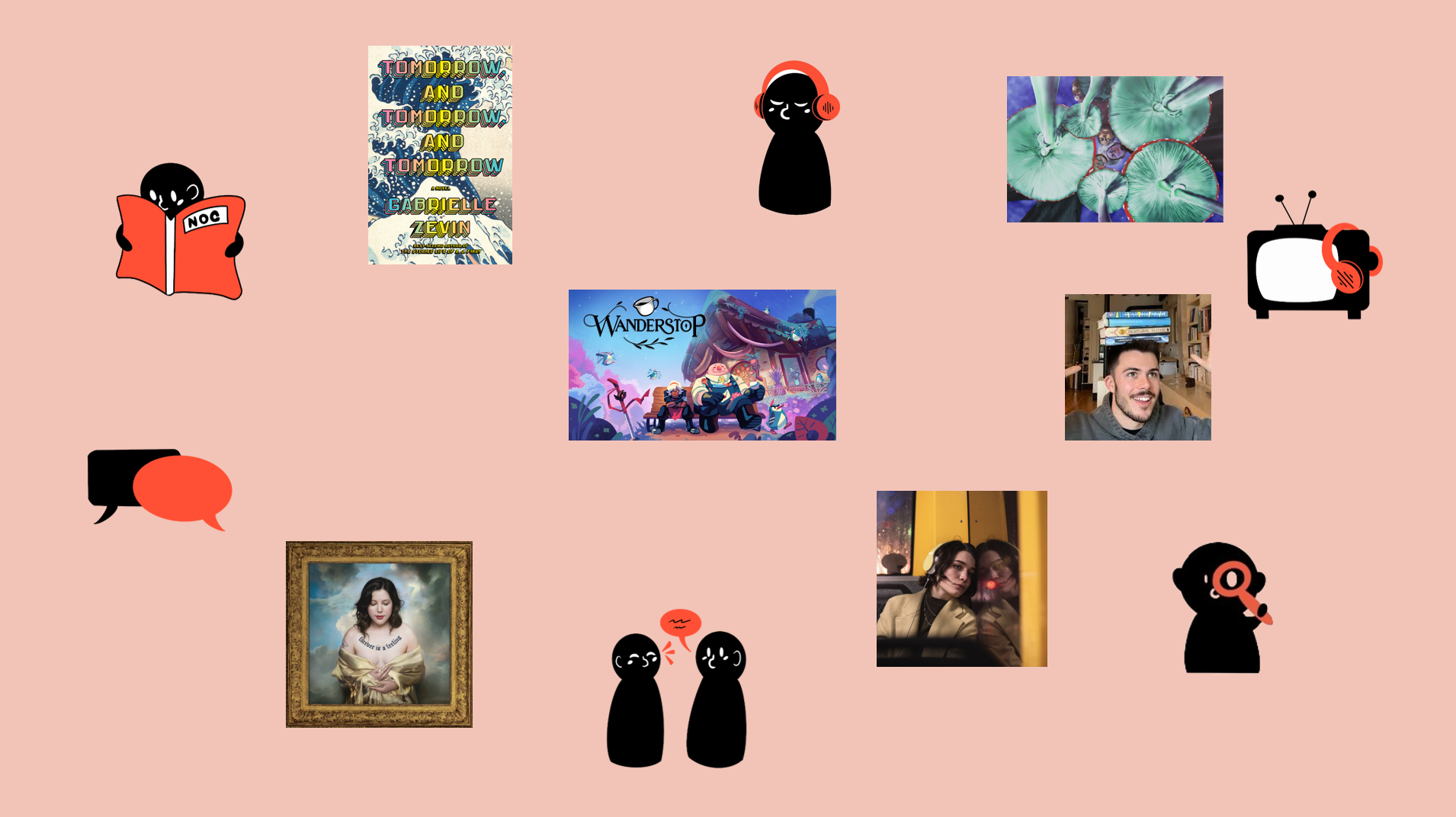
|
|
|
|
NOC is a constant work-in-progress. We want to hear your thoughts, recommendations and ideas—reply to the newsletter via email or write to us on social media (LinkedIn or Instagram). Your input will help shape where we go next!
You can browse past editions on our website.
One ask from us: to avoid our newsletter landing in your spam inbox, add our email address as a contact.
|
|